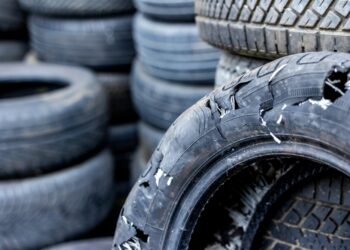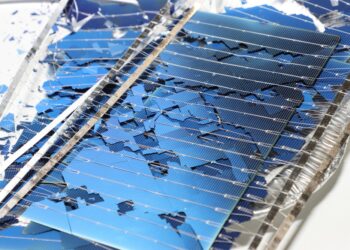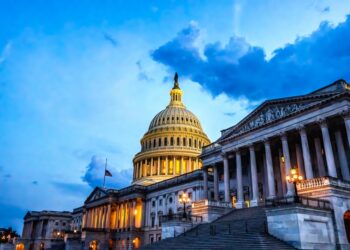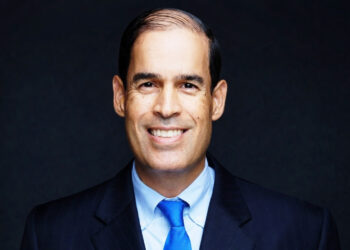 We know Americans have a strong intent to recycle. Collectively, as stakeholders in this sector, our job is to make the act of recycling and recycling the right things easier for people. We can make this happen by keeping convenience, communication and cause top of mind.
We know Americans have a strong intent to recycle. Collectively, as stakeholders in this sector, our job is to make the act of recycling and recycling the right things easier for people. We can make this happen by keeping convenience, communication and cause top of mind.
Research conducted in partnership with the Ad Council in the development of Keep America Beautiful’s recent “I Want to Be Recycled” public-service campaign found approximately two-thirds of respondents said recycling is a very/extremely important issue to them. What resonated most with adult audiences interviewed was knowing that their “garbage” did not have to be wasted but in fact could be used to make new products.
While many factors play a role in making recycling successful, at Keep America Beautiful (KAB) we are focused on how to most efficiently and cost-effectively educate, motivate and activate people to better understand the how, what, where and why of recycling today and in the future as the landscape evolves. KAB has long been a leader in behavior change, specifically as it relates to our primary efforts to end littering, improve recycling and beautify America’s communities.
The critical factors to success
Three key factors guide Keep America Beautiful’s work to improve recycling: convenience, communication and cause (getting people to understand the benefits of recycling and why to care).
The first critical success factor is to make recycling convenient and an easy action to take. By educating and engaging individuals to recycle more of the right things the right way ‒ at home, at work and on-the-go ‒ we know it contributes to making recycling more economically viable.
For example, one of the MRFs that we work with operates five days a week, two shifts per day. In having to shut the line down every few hours to clean the equipment that is filled with contaminants, it costs this MRF over $1.25 million per year in process down time ‒ this extra maintenance also increases safety risks to workers. By reducing contamination, we can reduce these operational costs and risks at facilities across the country as well as support job creation and providing recyclables to manufacturers to make new products and packaging.
In addition to providing the nation’s leading education, awareness and community engagement resources for improving recycling overall, KAB is expanding its efforts to help municipalities, businesses and academic institutions improve away-from-home recycling.
As noted by Alec Cooley, Keep America Beautiful’s director of recycling, “We support efforts of organizations such as The Recycling Partnership, Closed Loop Fund and others to improve residential recycling infrastructure, complementing these efforts through our national initiatives and local activities. … We’re equally committed to leading the way to improve away-from-home recycling, leveraging our 60-plus years of experience working with municipalities to turn public spaces into beautiful places.”
A result of modern America’s on-the-go lifestyle is increased consumption of single-serve beverage containers and other recyclables outside the home. In response, more communities are introducing recycling bins to parks, college campuses and other public locations where these items are consumed. Besides capturing recyclables otherwise destined for the landfill, these communities are motivated by the potential of public-area recycling to reinforce the same behavior in the home and other settings, as well as the ability to project a positive community image to visitors.
Research conducted by Keep America Beautiful in 2009 showed only 12 percent of surveyed public locations had infrastructure to recover recyclable items. This lack of recycling opportunity is reflected in a separate national survey conducted for us in 2013, in which 92 percent of respondents said they recycle at home and only 19 percent indicated that they typically recycle in public parks.
Every location has unique considerations that influence how people respond to waste and recycling receptacles, including aesthetic concerns, but research and experience point to a number of largely universal design factors that influence correct recycling. We continue to study how to improve the cost-effectiveness of public space, away-from-home recycling and will share research results in the coming months.
In the meantime, Keep America Beautiful’s “Planning for Success: Ten Tips for Designing Public Space Recycling Programs” can be downloaded for free at kab.org.
Understanding benefits leads to action
Helping Americans better understand recycling and its economic, environmental and community benefits is a central component in our mission to inspire and educate people to take action to improve and beautify their community environment.
If we improve recycling, we advance our fight to end littering and beautify America’s communities. Together, we can help make recycling even more successful and create a country in which every community is a clean, green and beautiful place to live.
Brenda Pulley is senior vice president, recycling at Keep America Beautiful. She is based in the organization’s Washington, D.C. office and can be contacted at [email protected].
The views and opinions expressed are those of the author and do not imply endorsement by Resource Recycling, Inc. If you have a subject you wish to cover in a future Op-Ed, please send a short proposal to [email protected] for consideration.

























